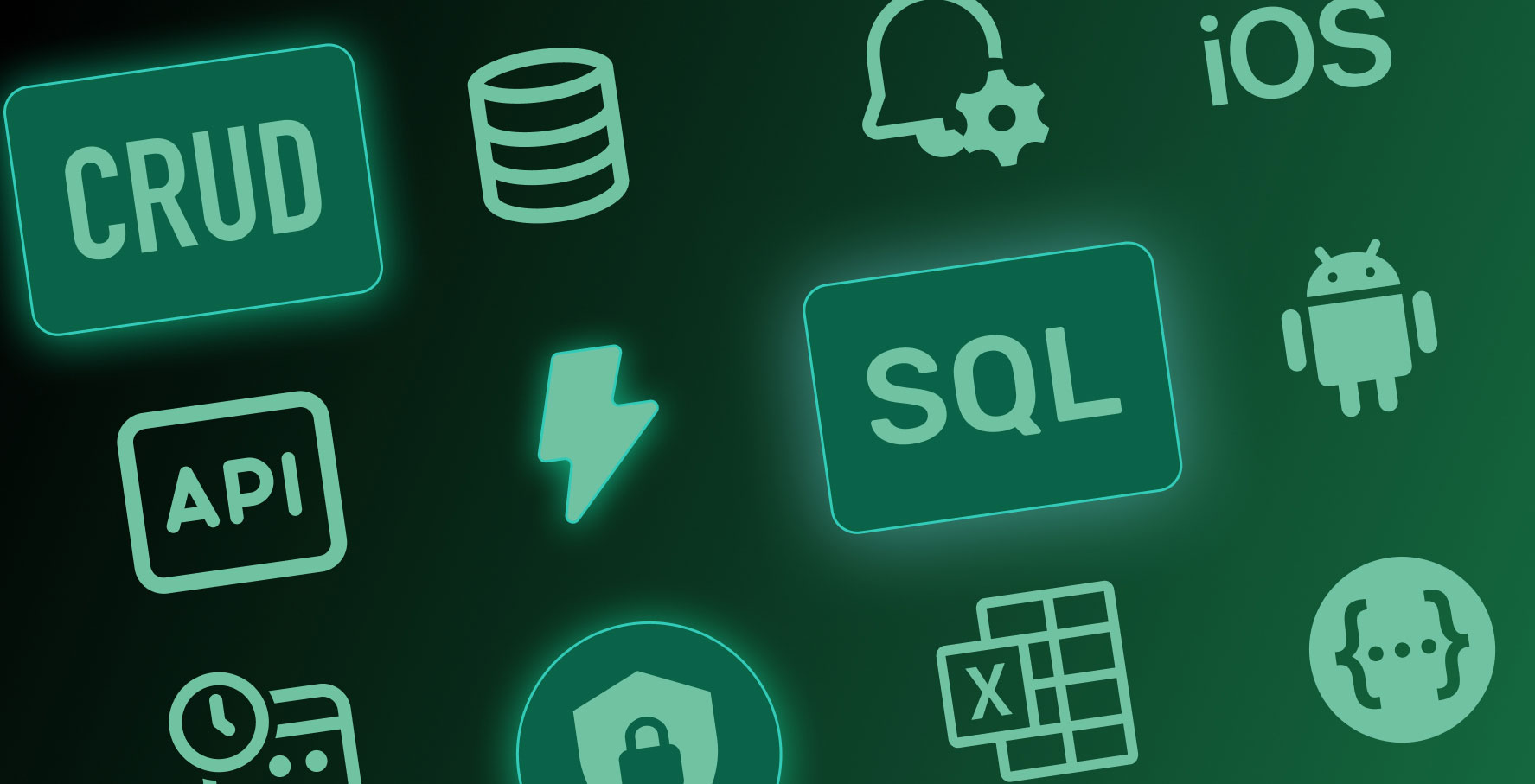What is Action?
About this lesson
Actions are dynamic features that add functionality to the applications you develop on Kuika. They make the user interface of your application dynamic and interactive.
In Kuika, actions are offered in two different types.
First, there are system actions, which are provided by Kuika by default according to the application type. Kuika offers ready-to-use system actions that allow you to implement many functions without writing any code. These actions can be Web or Mobile depending on the type of application.
Another type of action is custom, user-defined actions that users can create and use when they need more than system actions. There are different alternatives to create custom actions in Kuika. Examples of these alternatives are creating a SQL Action or executing an API method from an external data source.
Actions are a very important construct for the application lifecycle in Kuika. If you want to develop a dynamic and user-oriented application, you can add value to your projects by leveraging the power of system and custom actions.
Heading 1
Heading 2
Heading 3
Heading 4
Heading 5
Heading 6
Lorem ipsum dolor sit amet, consectetur adipiscing elit, sed do eiusmod tempor incididunt ut labore et dolore magna aliqua. Ut enim ad minim veniam, quis nostrud exercitation ullamco laboris nisi ut aliquip ex ea commodo consequat. Duis aute irure dolor in reprehenderit in voluptate velit esse cillum dolore eu fugiat nulla pariatur.
Block quote
Ordered list
- Item 1
- Item 2
- Item 3
Unordered list
- Item A
- Item B
- Item C
Bold text
Emphasis
Superscript
Subscript
Actions are dynamic features that add functionality to the applications you develop on Kuika. They make the user interface of your application dynamic and interactive.
In Kuika, actions are offered in two different types.
First, there are system actions, which are provided by Kuika by default according to the application type. Kuika offers ready-to-use system actions that allow you to implement many functions without writing any code. These actions can be Web or Mobile depending on the type of application.
Another type of action is custom, user-defined actions that users can create and use when they need more than system actions. There are different alternatives to create custom actions in Kuika. Examples of these alternatives are creating a SQL Action or executing an API method from an external data source.
Actions are a very important construct for the application lifecycle in Kuika. If you want to develop a dynamic and user-oriented application, you can add value to your projects by leveraging the power of system and custom actions.
We are transitioning to a new user interface on the Kuika Platform and updating our Kuika Academy courses and videos as soon as possible.
Actions are dynamic features that add functionality to the applications you develop on Kuika. They make the user interface of your application dynamic and interactive.
Actions are dynamic features that add functionality to the applications you develop on Kuika. They make the user interface of your application dynamic and interactive.
In Kuika, actions are offered in two different types.
First, there are system actions, which are provided by Kuika by default according to the application type. Kuika offers ready-to-use system actions that allow you to implement many functions without writing any code. These actions can be Web or Mobile depending on the type of application.
Another type of action is custom, user-defined actions that users can create and use when they need more than system actions. There are different alternatives to create custom actions in Kuika. Examples of these alternatives are creating a SQL Action or executing an API method from an external data source.
Actions are a very important construct for the application lifecycle in Kuika. If you want to develop a dynamic and user-oriented application, you can add value to your projects by leveraging the power of system and custom actions.

Files

Sources

Glossary







